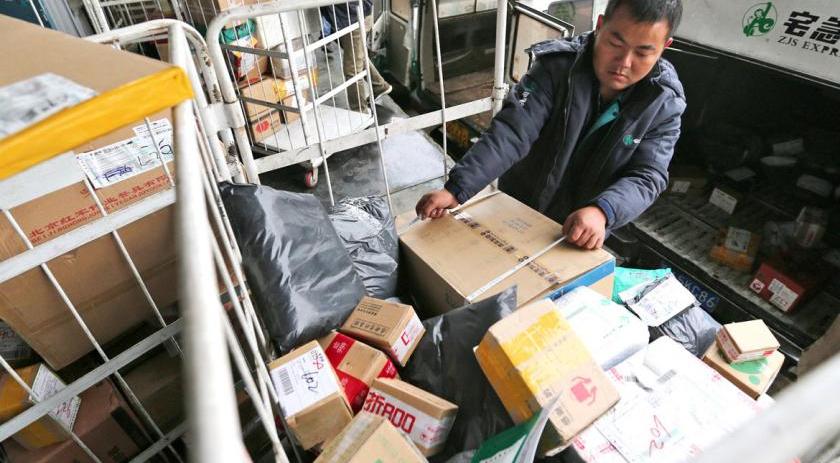
Myanmar Post is among the state-owned enterprises (SOEs) that have been suffering losses over the last several years.
The postal service first began with the setting up of the Sittwe Postal Office in 1827.
Due to the advent of modern digital communications, the SOE’s revenue has declined drastically.
People who used to rely on physical mail now use mobile phones and messaging services to communicate. In terms of parcel deliveries, Myanmar Post now faces stiff competition from smaller, nimbler delivery services.
However, transformations are being formulated to counteract the changing business landscape, U Lin Zeyar, assistant general manager of Myanmar Post, tells Myanmar Times.
Among them is a decision to shift focus from traditional postal services to delivery of goods and the provision of services for online shopping and e-commerce.
Although many transactions are now done online, the delivery of physical goods is still needed to seal the deal, so the postal service will now concentrate on serving as the service provider to complete digital transactions. The organisation will also set up its own e-commerce platform for online shopping and e-commerce businesses, U Lin Zeyar said.
“The lifeblood of online shops and e-commerce businesses is delivery and payment, so we will focus on goods delivery and payment services for small and medium businesses using technology,” he said, adding that businesses can manage their goods delivery and payment through the e-post system that Myanmar Post runs.
“Customers are given user names and passwords. They can package things from their home or office with proper descriptions and weights and drop these off at the nearest post office counter. The post office will scan the parcel to acknowledge receipt. Then, the customer can check from wherever they are if the parcel has been delivered. We will also provide a collection system for the return of delivered goods within 24 hours,” said U Lin Zeyar.
The cost of deliveries is based on weight rather than distance. If parcels are dropped off before 11am in the Yangon area, they will be delivered within a day for six townships in Yangon, and between a day or two for Mandalay and Nay Pyi Taw. Delivery will take two or three days for other regions depending on the distance and five or six days for remote areas.
Interest in the service appears to be strong, based on comments on Myanmar Post’s Facebook page, with some people commenting that the costs are lower than other delivery services.
“Some people still think that deliveries by the mail service still take time, so they will have to be efficient to stick to their promises,” said U Zaw Zaw Aung, a user of the e-post system.
“Although goods are delivered correctly, in some remote areas, there are delays in transit as Myanmar Post does not own delivery vehicles and relies on privately owned trucks, trains and planes,” said U Lin Zeyar.
To address this, trials are being conducted with the private transportation companies to deliver online-shopping products more quickly, he said.
“The delivery-service market is looking up and our business is twice what it used to be. I think the market prospects will only get better and better.” said U Lin Zeyar.
Myanmar Postal Services has over 1,300 post offices across the country, giving it an advantage over the private delivery services in the country. Moreover, Myanmar Postal Services’ online shopping business dubbed Marketplace run in cooperation with Za Information Technology Company was introduced last year.
“The objective of Marketplace is to build trust between the seller and customers and to add value to the delivery, which is the primary source of income for the Myanmar Postal Services.” said U Lin Zeyar.
Although the state-owned postal services charges K200 for delivery of local ordinary mail, it incurs costs K2154 to deliver a letter. It charges K1000 for overseas mail, but incurs costs of K2572.
“At the present, expanding the delivery services for online shopping and e-commerce, conducting nationwide payment collecting services and starting new services will help to reduce losses and take us in a new direction.” said U Lin Zeyar.
For the first six months of 2018, Myanmar Post incurred a loss of K1.2 billion. In 2016, the postal service recorded a loss of K12 billion, according to data it provided.












